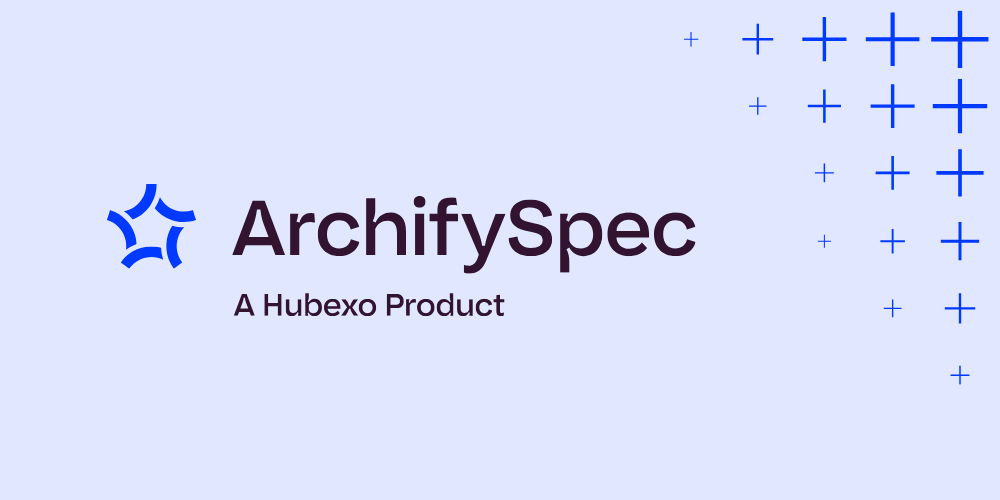In Australia’s architectural landscape, the push for tech integration is often a tug-of-war. Tradition on one side, innovation on the other.
Compared to faster-moving industries like finance, many architecture studios have been slower to adopt advanced digital tools. It’s not for lack of ambition. The slowdown stems from a tangle of pressures—manual workflows, compliance demands, outdated systems and long-standing supplier relationships that are hard to disrupt.
To unpack where the sector stands today, ArchifySpec spoke with leading architectural and design firms to understand the opportunities and frictions of embedding technology into the DNA of practice.
Streamline the process
Rene Garcia, an associate at DKO Architecture and a 40-year industry veteran, says architectural specification is where many of these challenges come into focus.
“When we talk about specification, it’s not just about the products or the building materials; it’s about the entire process of how we document and manage these specifications,” Garcia said.
“Technology can streamline this process but integrating it into our existing systems, which have been developed and refined over decades, often doesn’t feel straightforward.”
For Garcia, adopting new technology isn’t about disruption—it’s about alignment.
“We have been using certain methods and systems, like NATSPEC, for years,” Garcia said.
“These systems are ingrained in our practice and while they may seem outdated, they offer a level of reliability and familiarity that new technologies must match or exceed.”
The concern is not novelty fatigue, it’s regulation. Tools that fail to keep pace with compliance risk becoming obsolete before they’re even embedded.
“Regulations change frequently and ensuring that our specifications remain compliant is a constant challenge. Any new technology must be able to keep up with these changes in real-time to be truly effective,” Garcia said.
“This requirement underscores the importance of ongoing maintenance and support for any digital tool used in architectural specification.”
Supplier relationships still matter
Garcia also stresses that the human layer can’t be removed. Tools need to account for the long-standing relationships studios have with manufacturers and product reps.
“The technical knowledge that suppliers provide is invaluable,” he said.
“We rely on these experts to help us navigate the complexities of new products and ensure they meet all necessary regulations.”
It’s why any digital solution must consider how to integrate supplier expertise directly into its workflows, not sideline it.
“Adopting new technology means rethinking our entire approach to specification management,” Garcia said.
“It’s not just about using a new tool; it’s about integrating that tool into our existing workflows and ensuring it enhances, rather than disrupts, our processes.This requires a hybrid approach where we can gradually introduce the new technology while still relying on the proven methods we know and trust.”
Garcia’s perspective is clear: tech adoption in architecture doesn’t need to be fast—but it does need to be smart. Any tool that hopes to stick must not only streamline, but respect the deep architecture of architecture itself.



